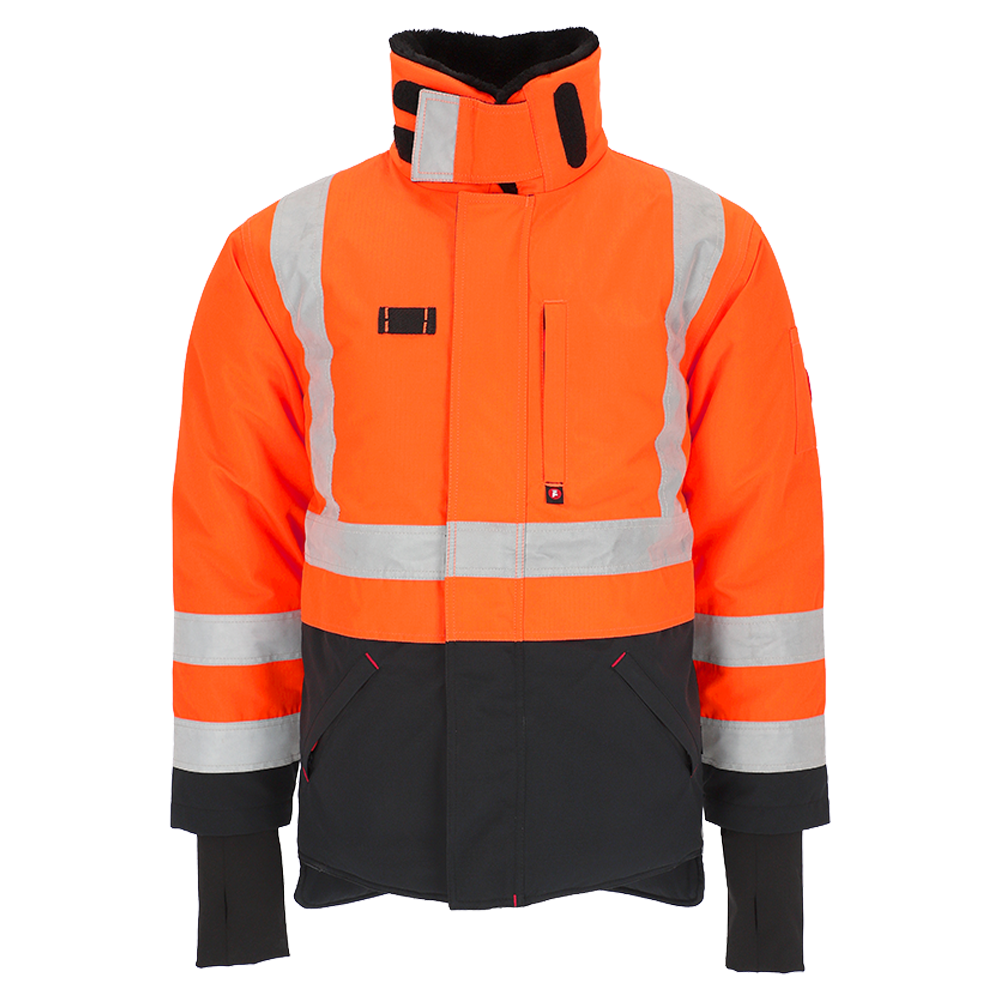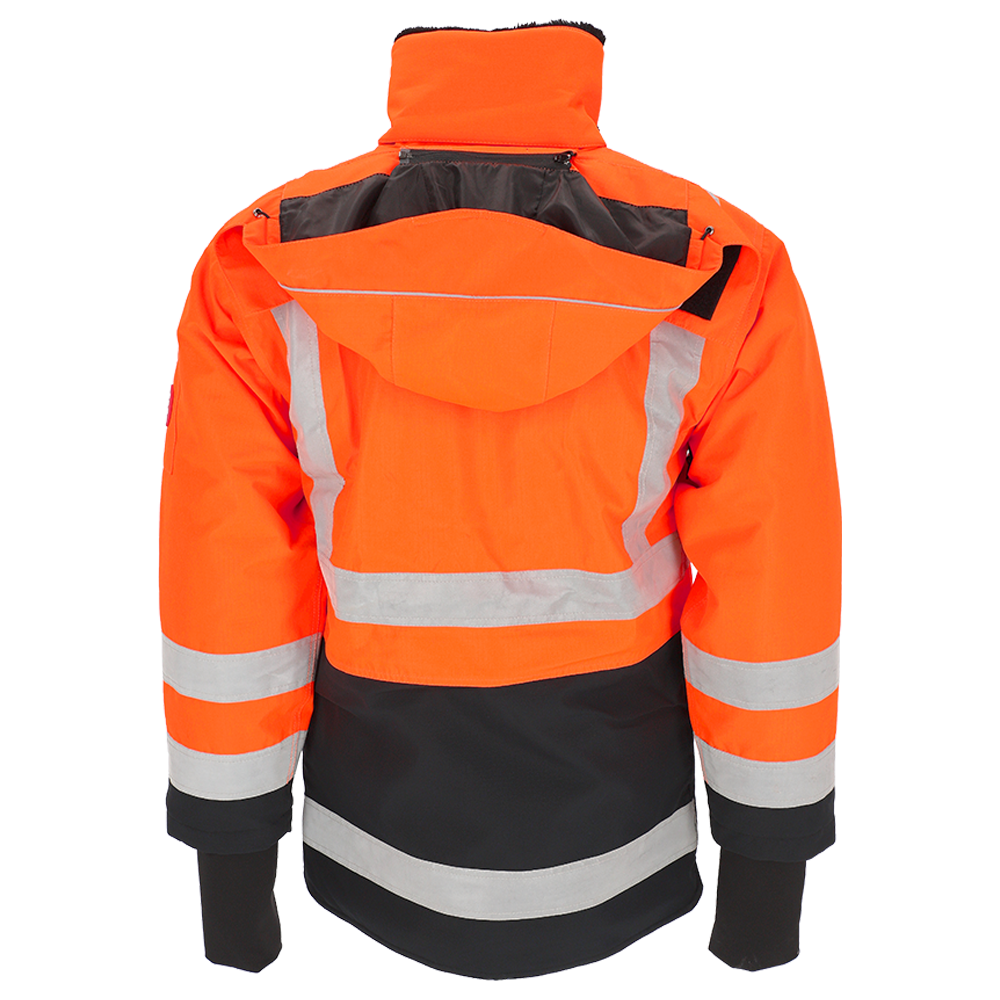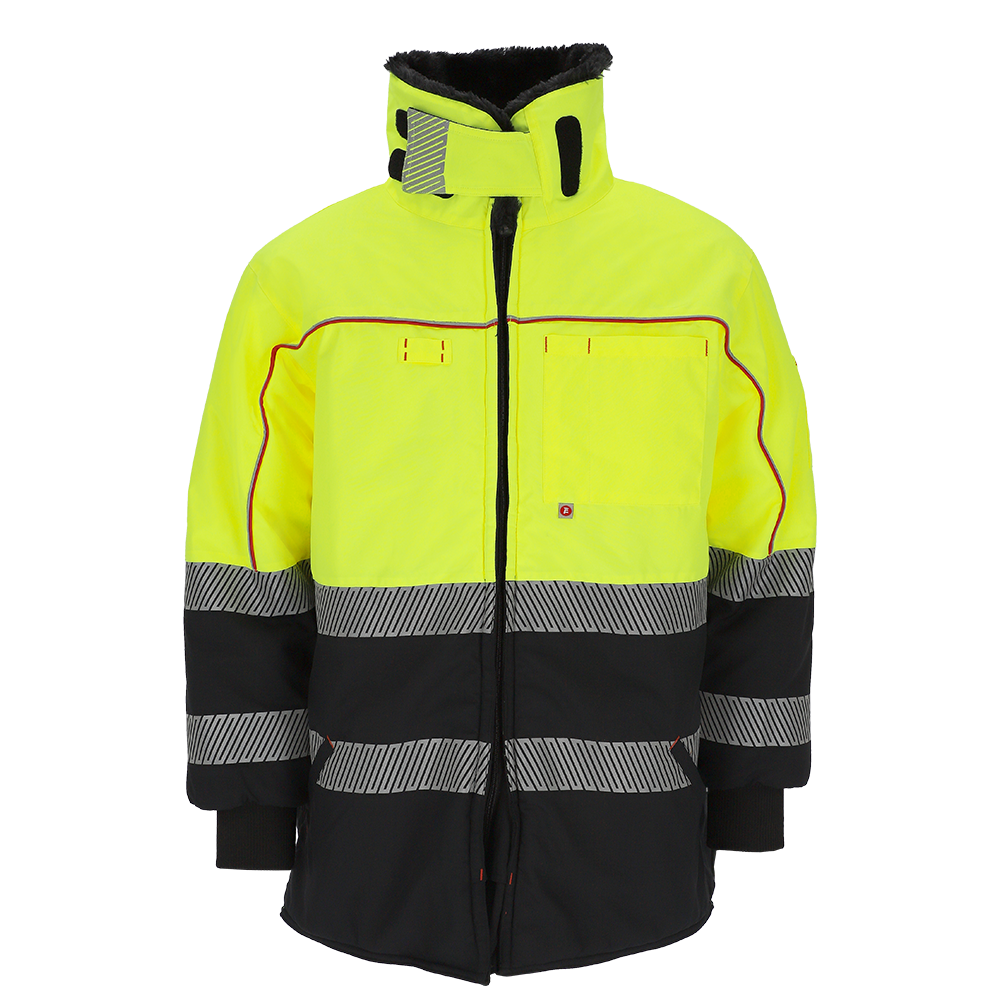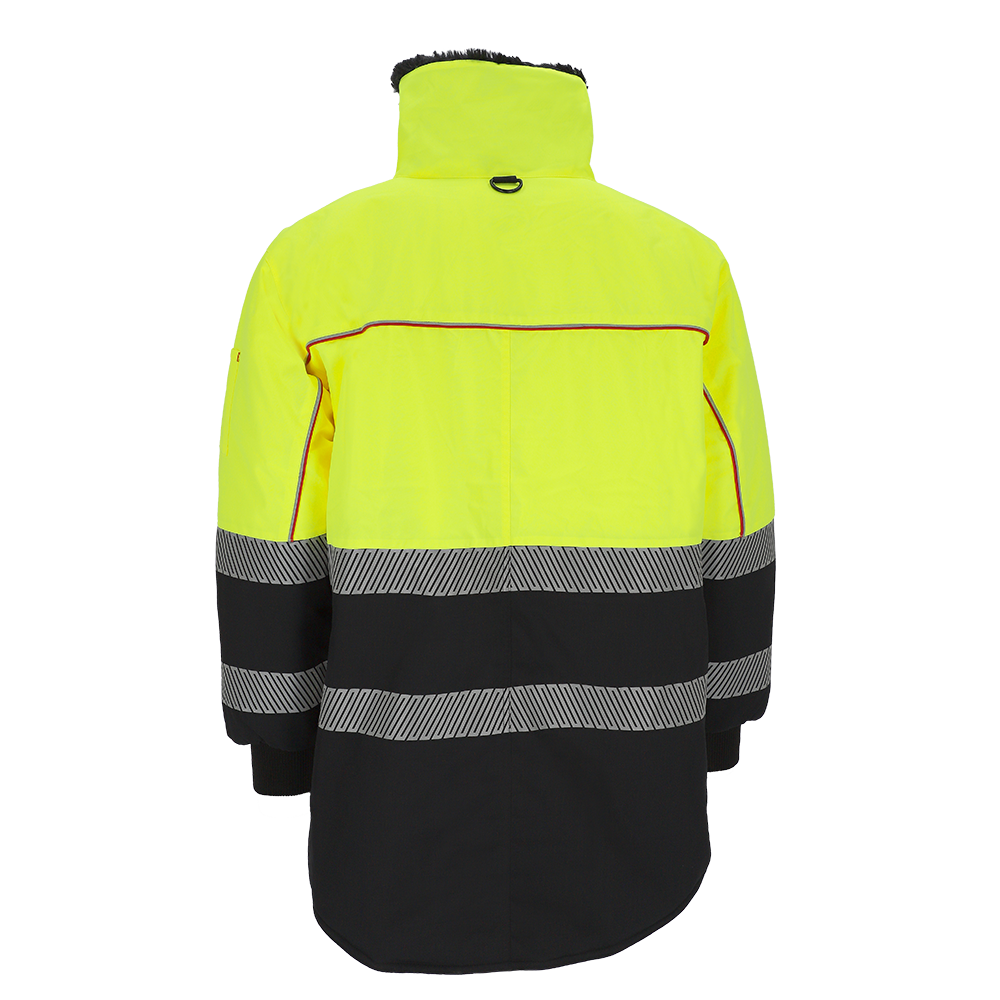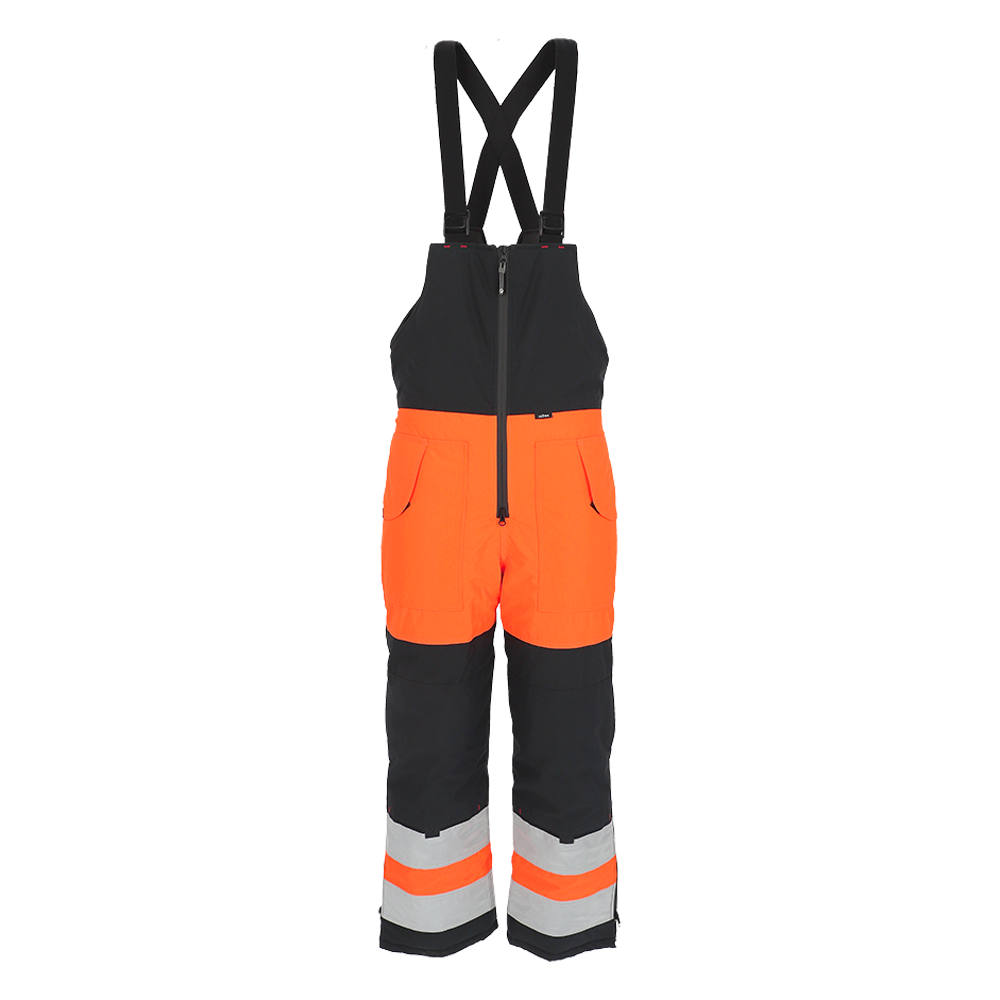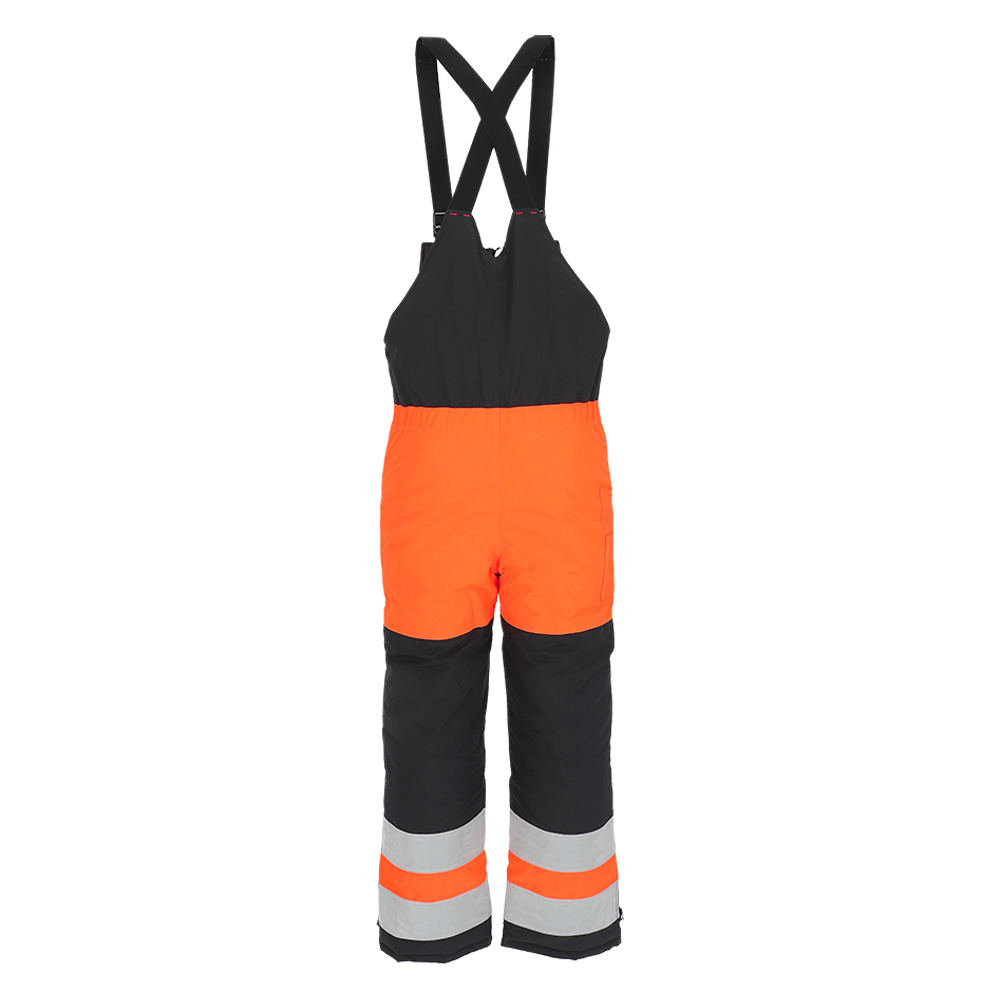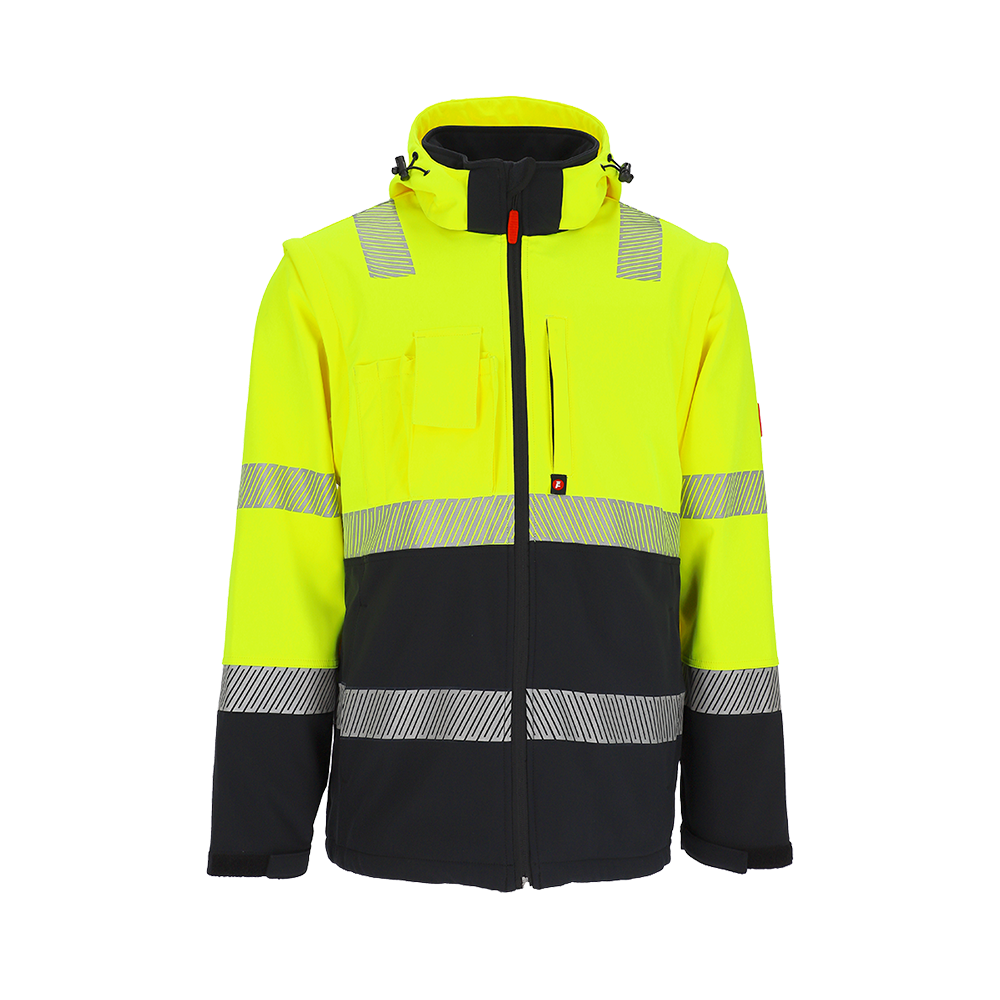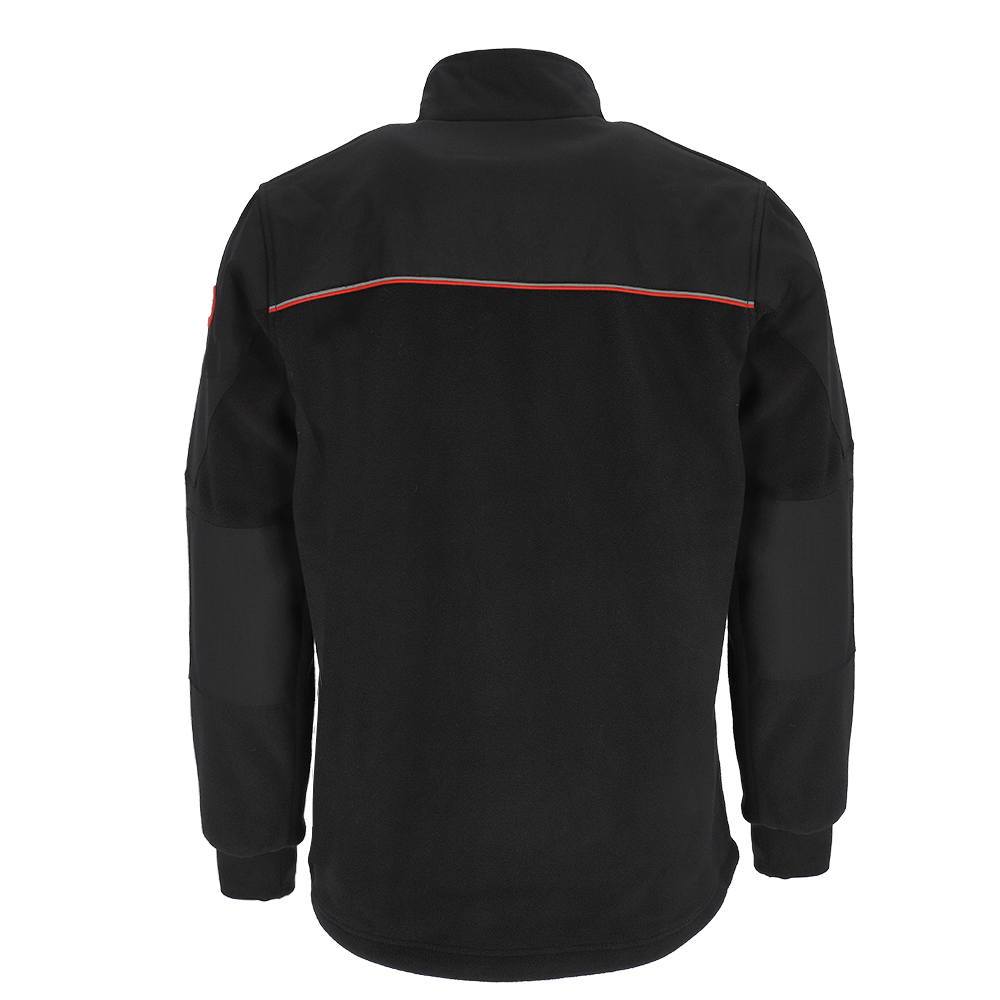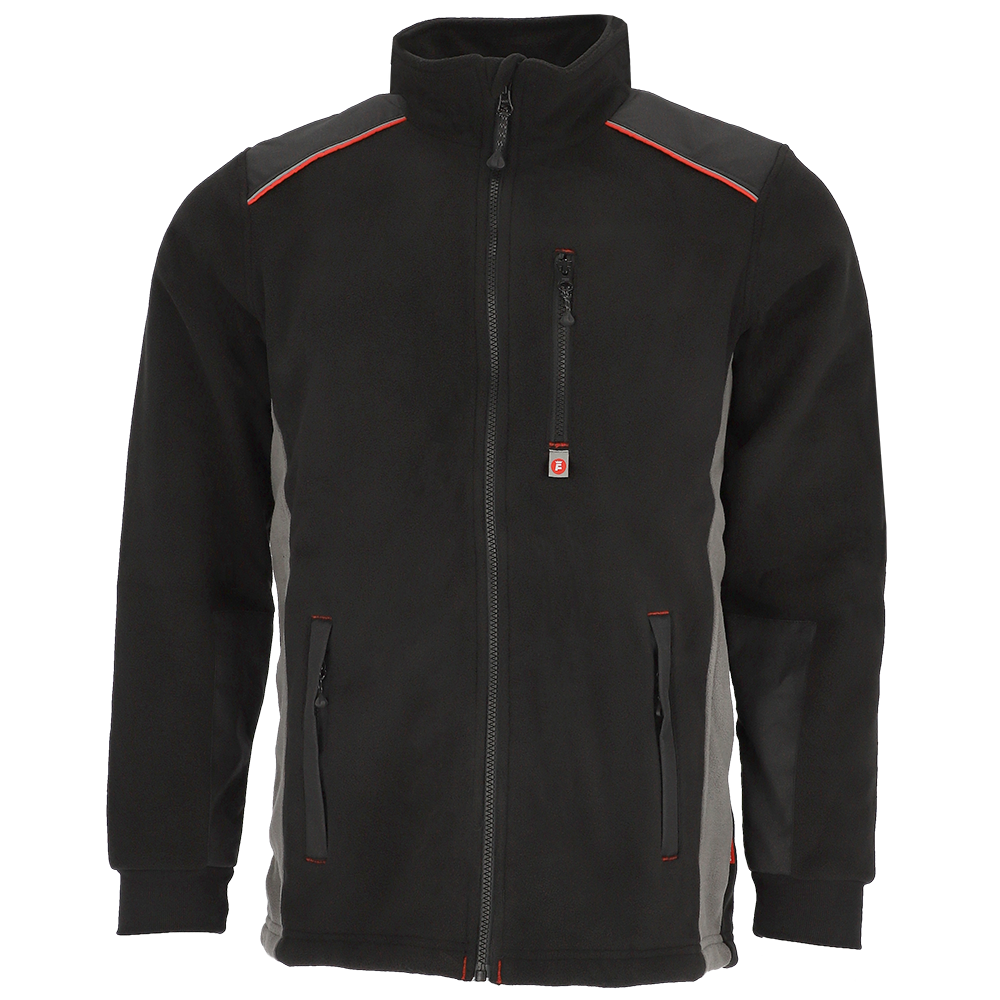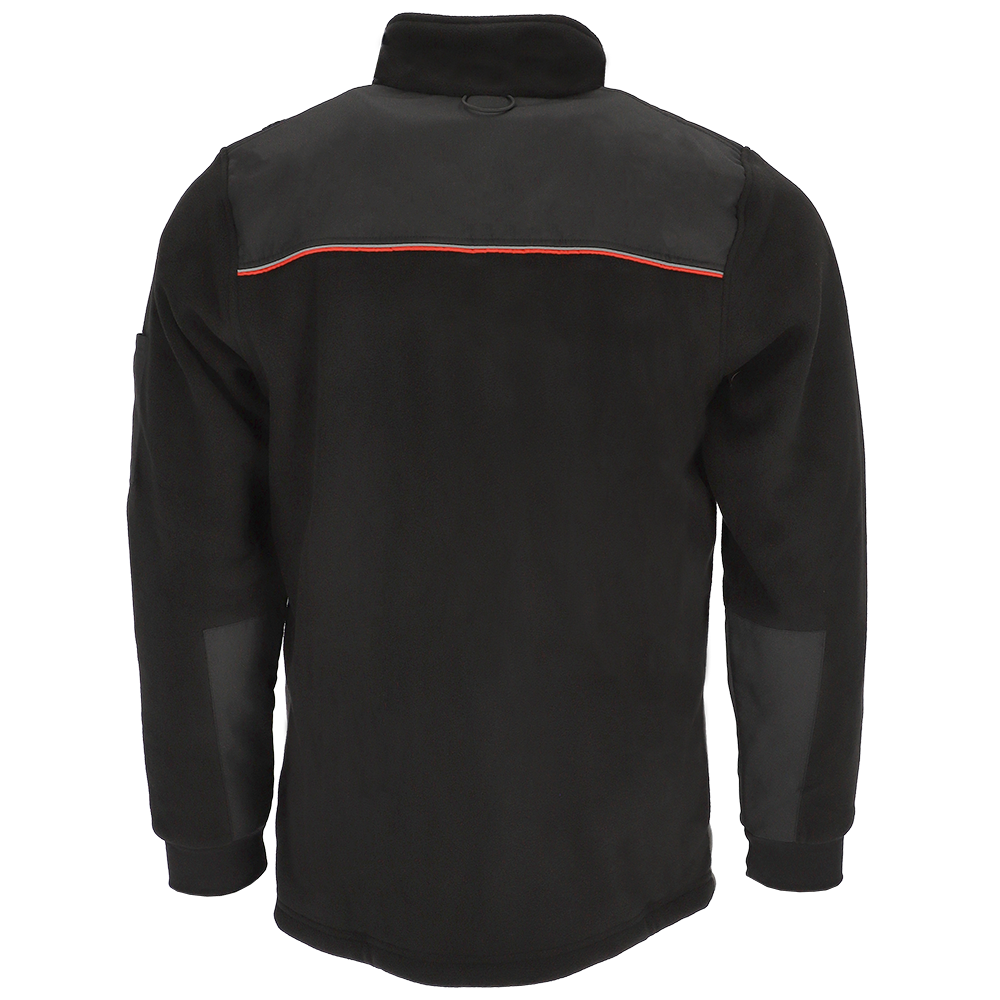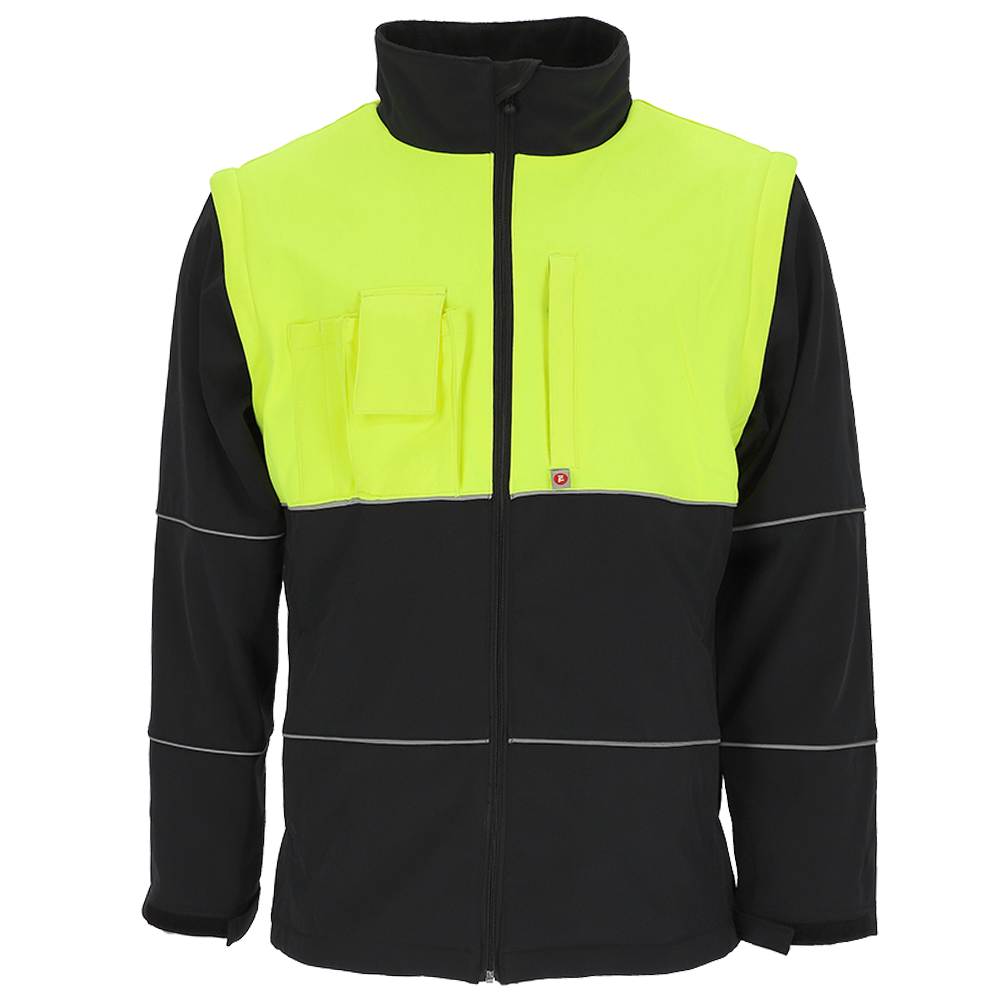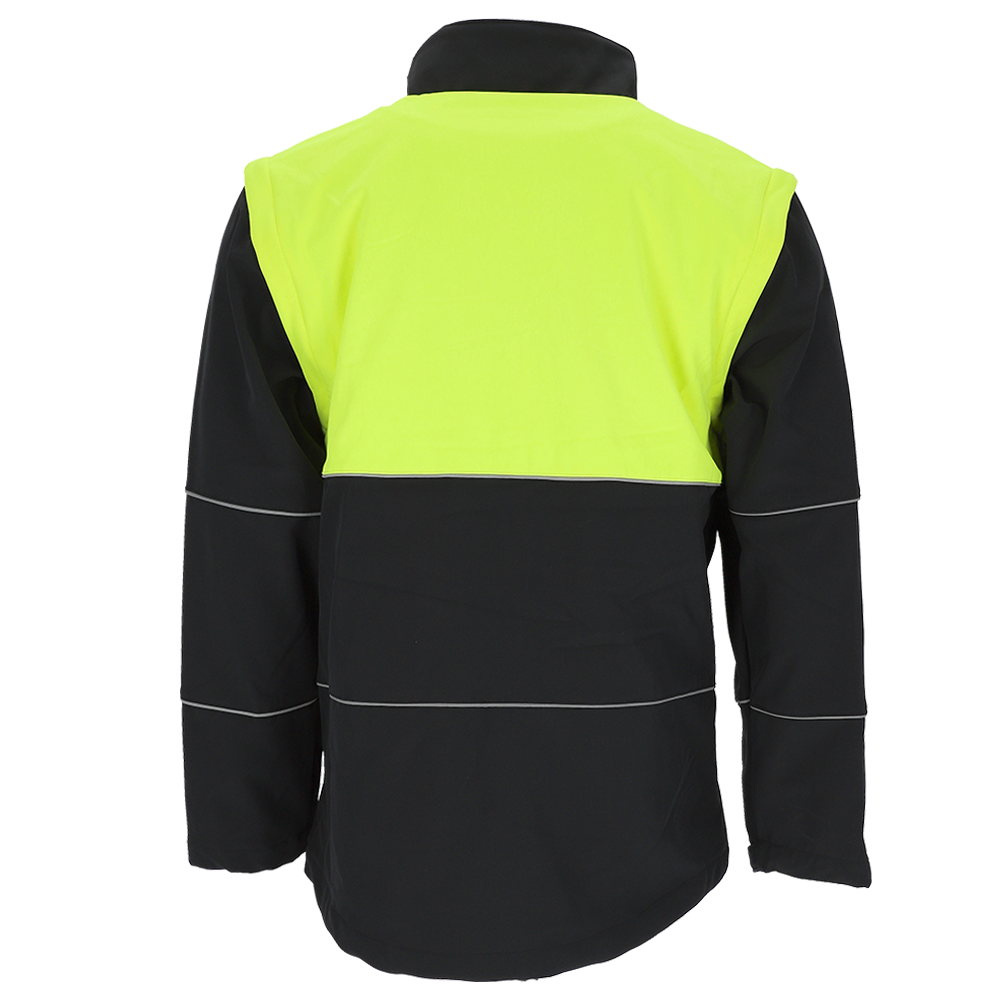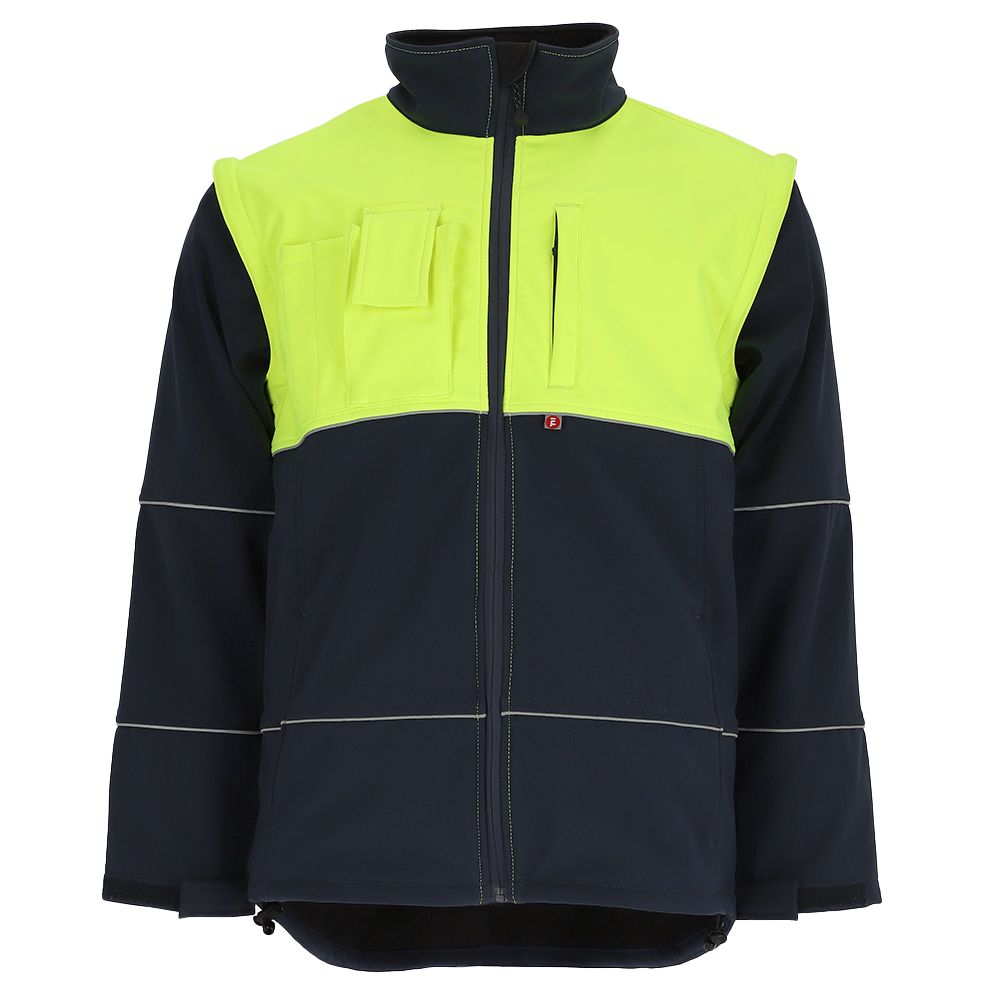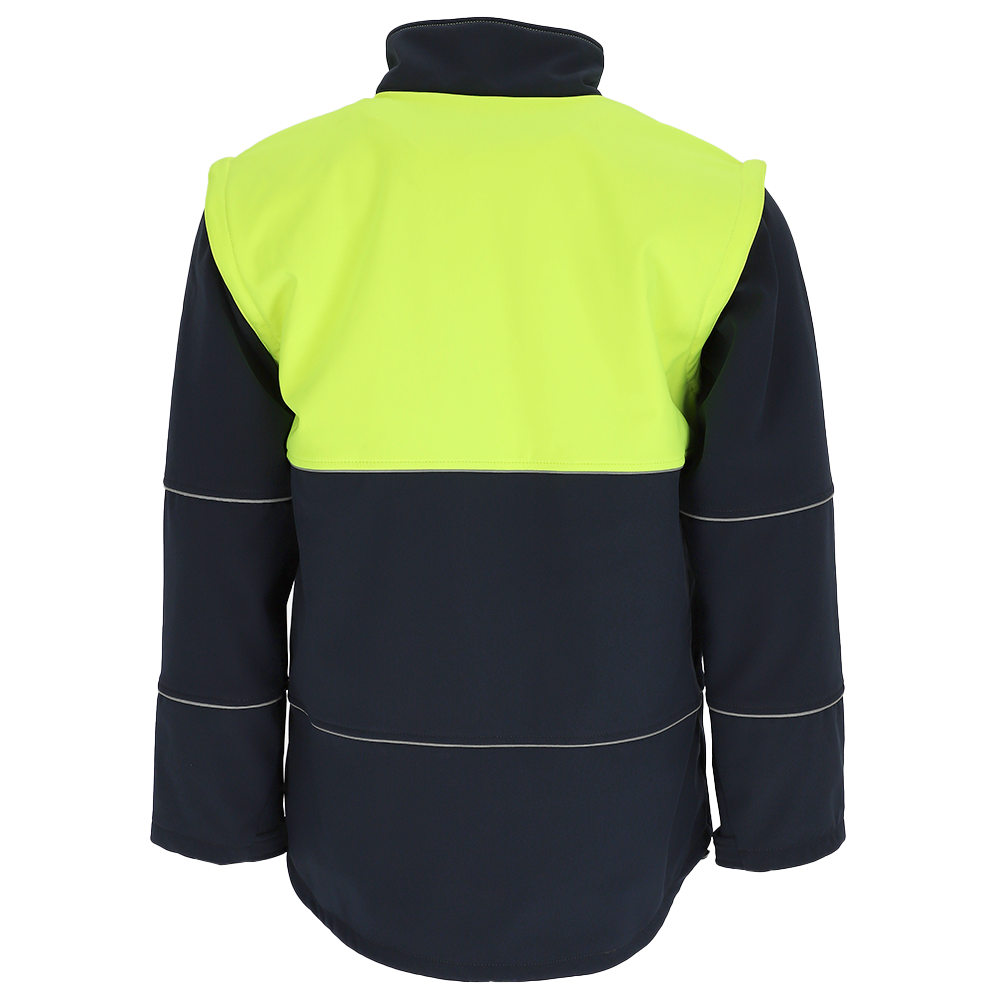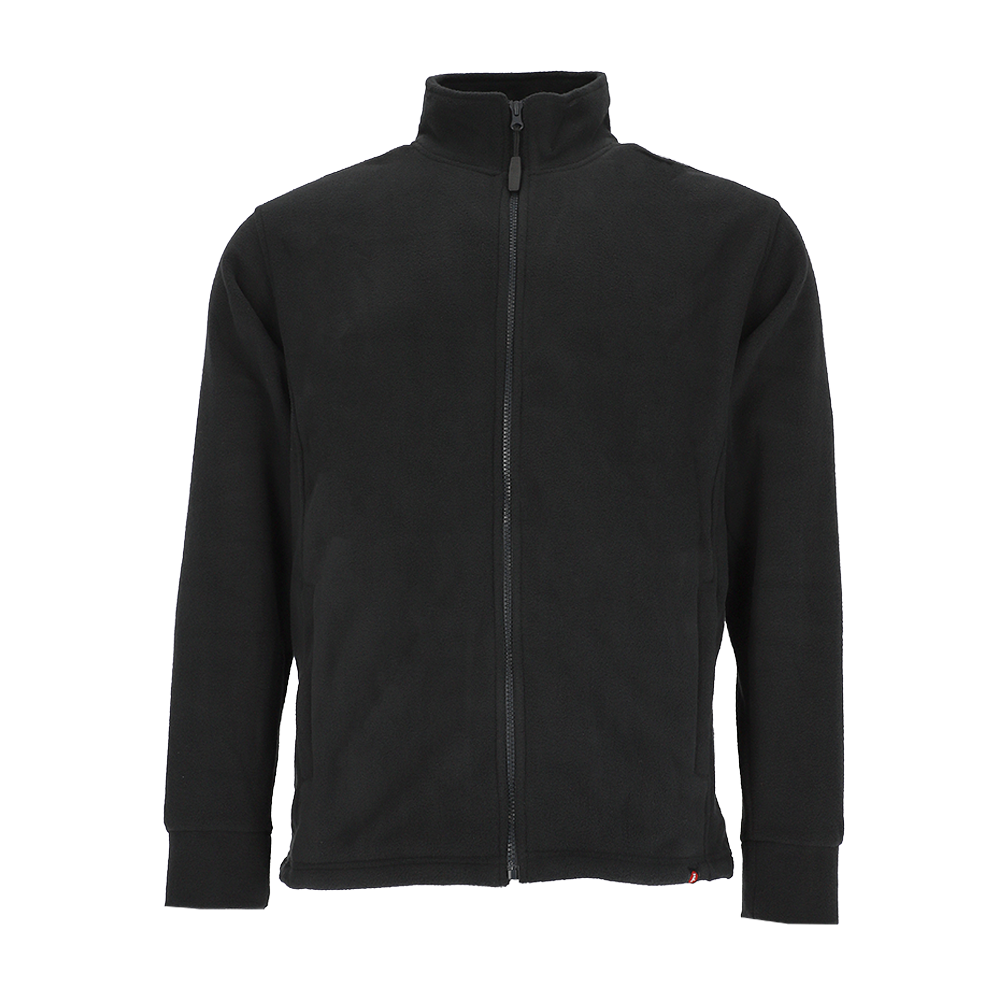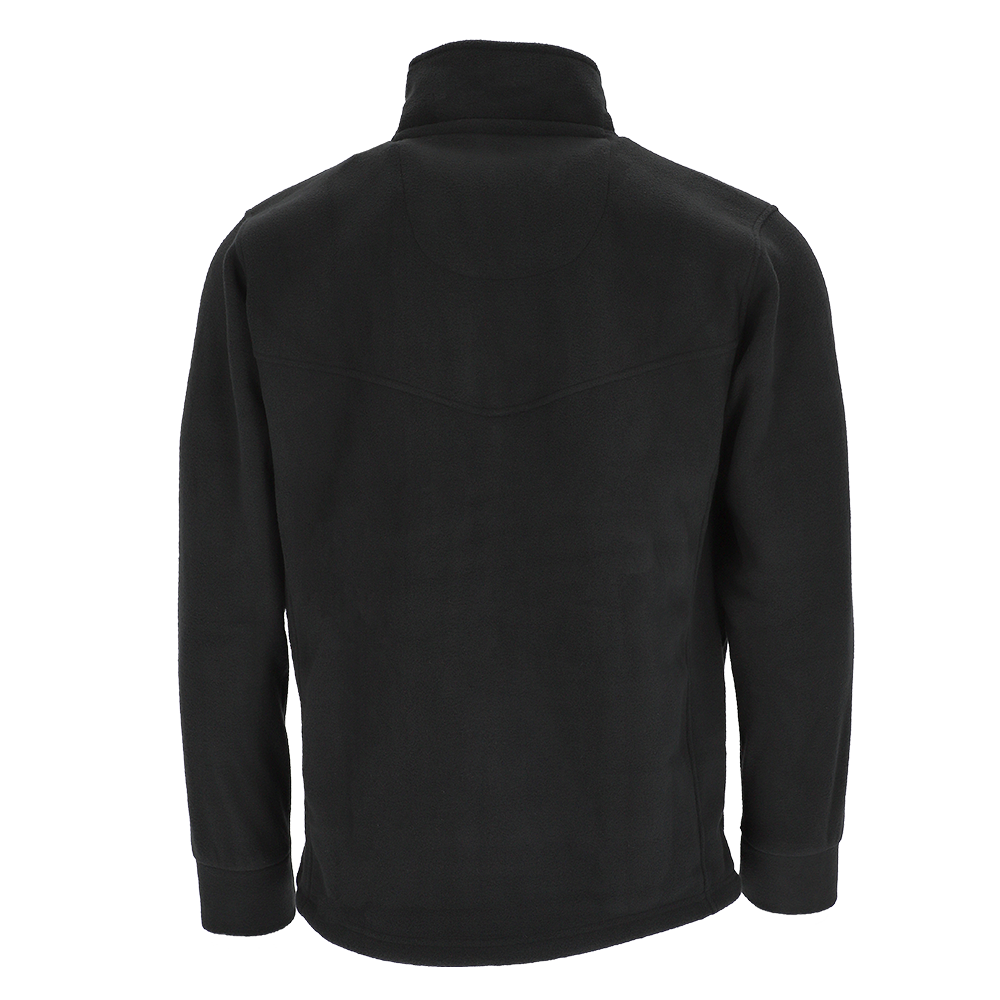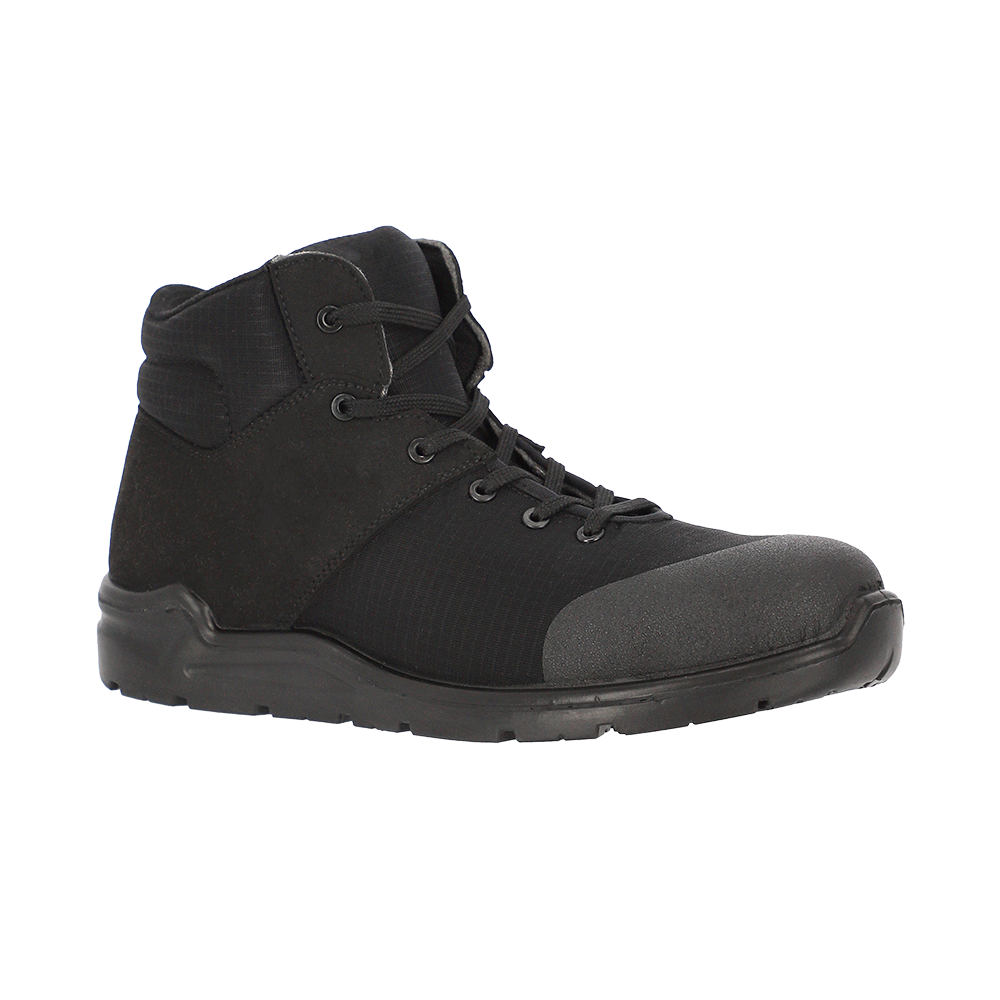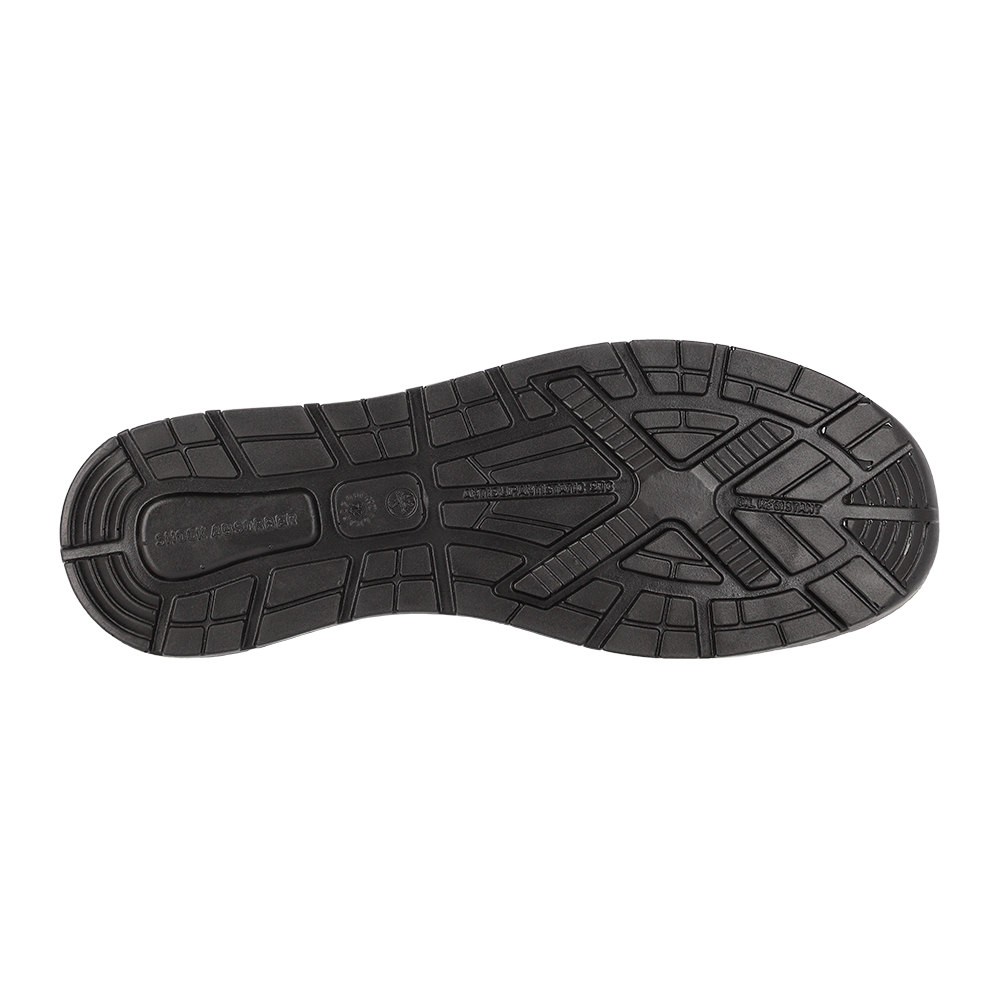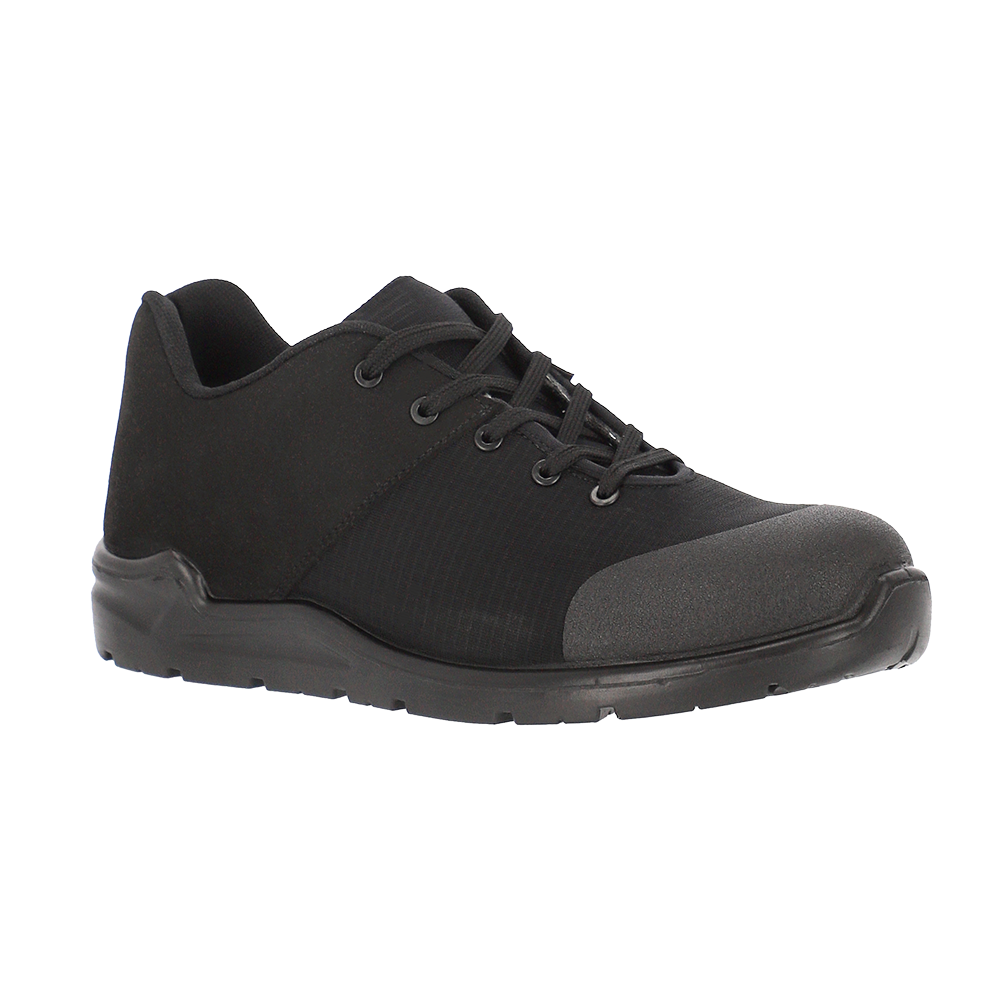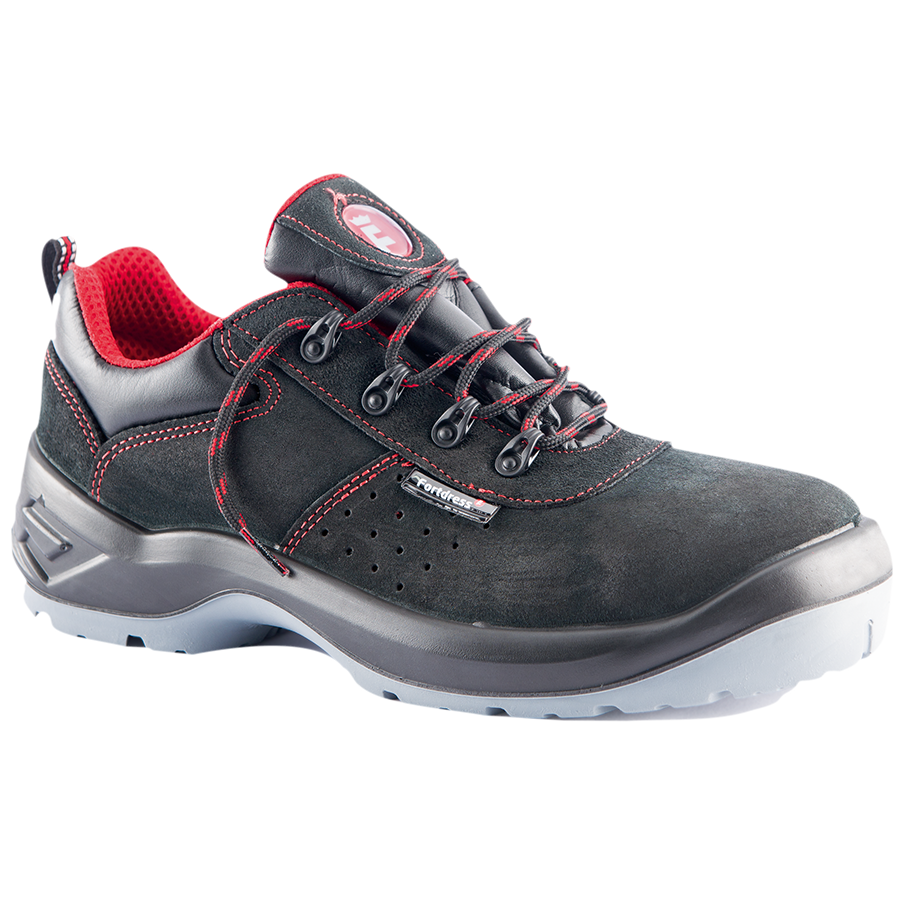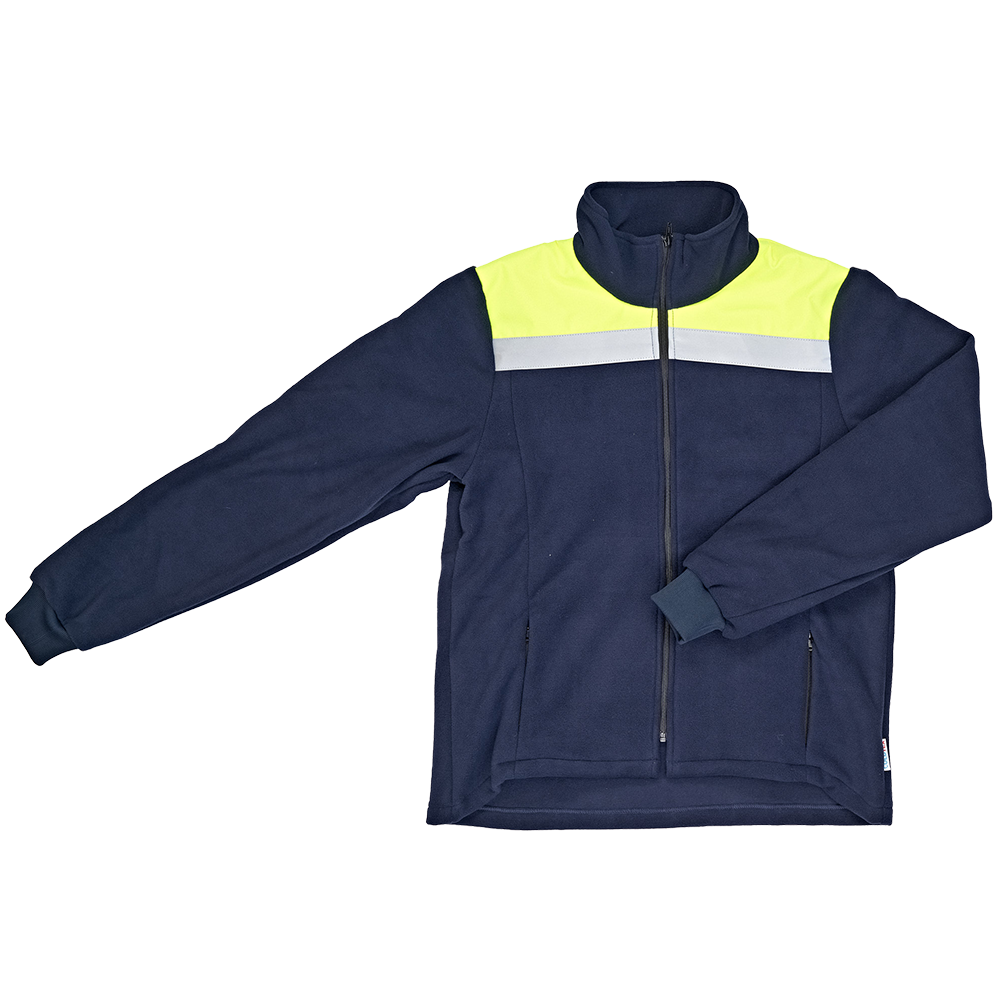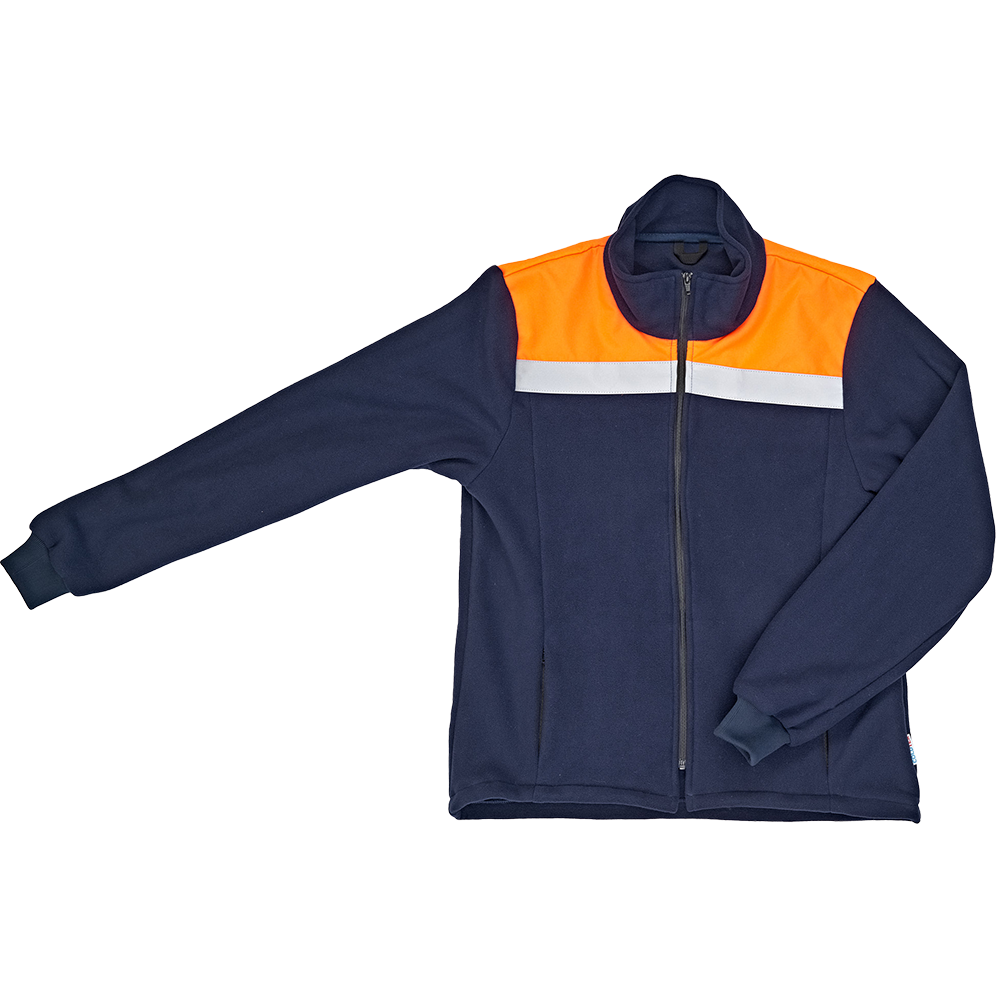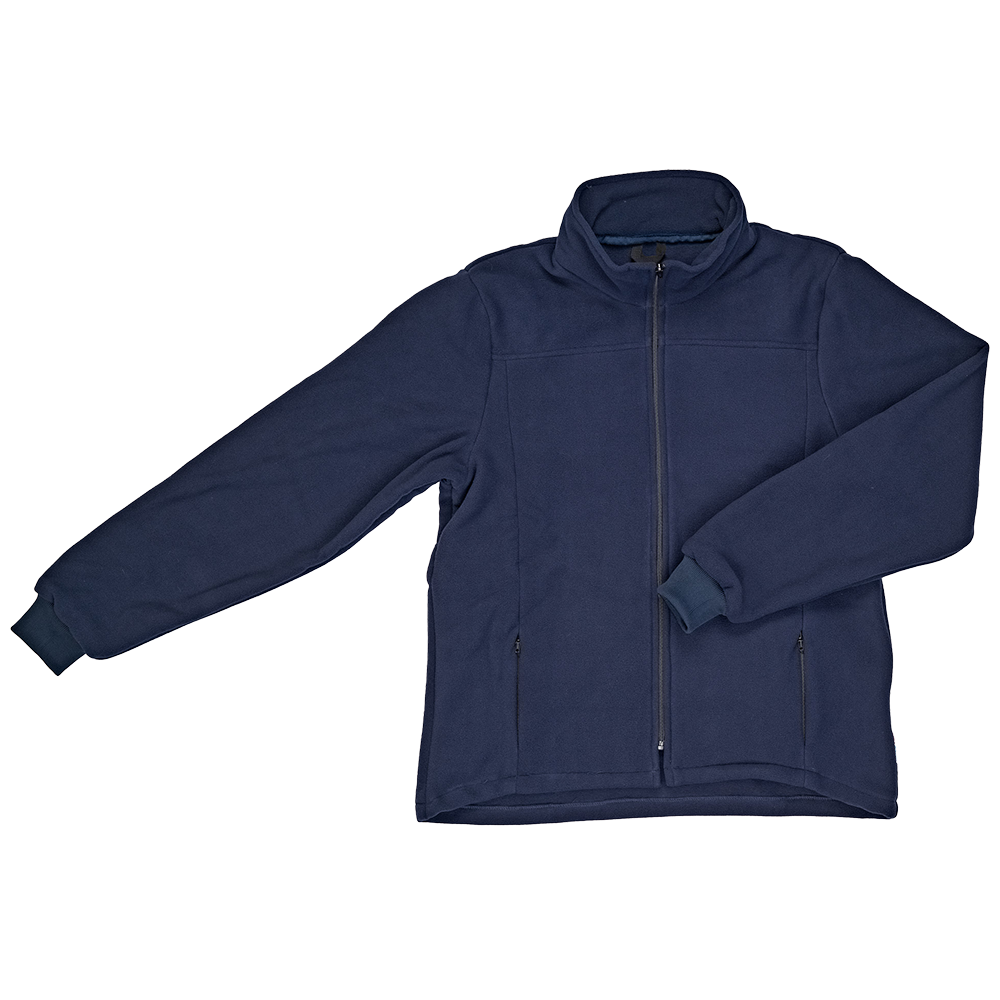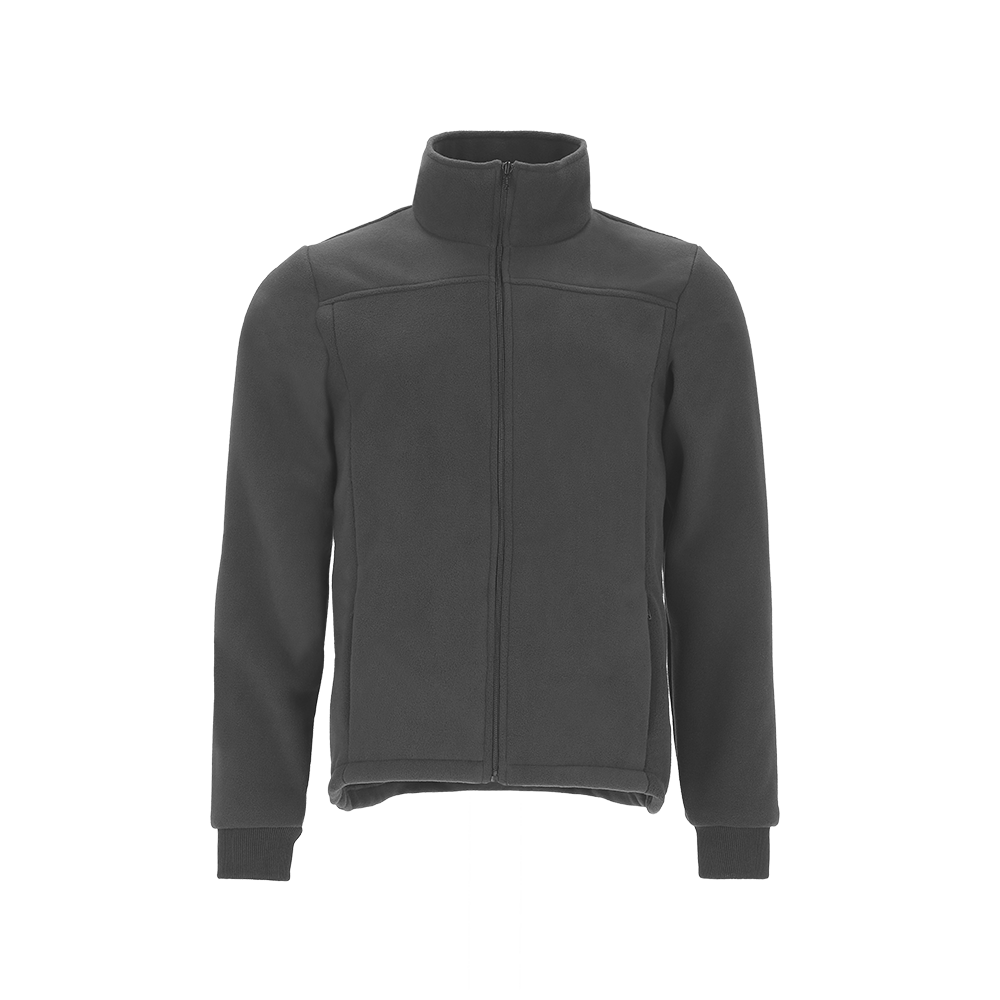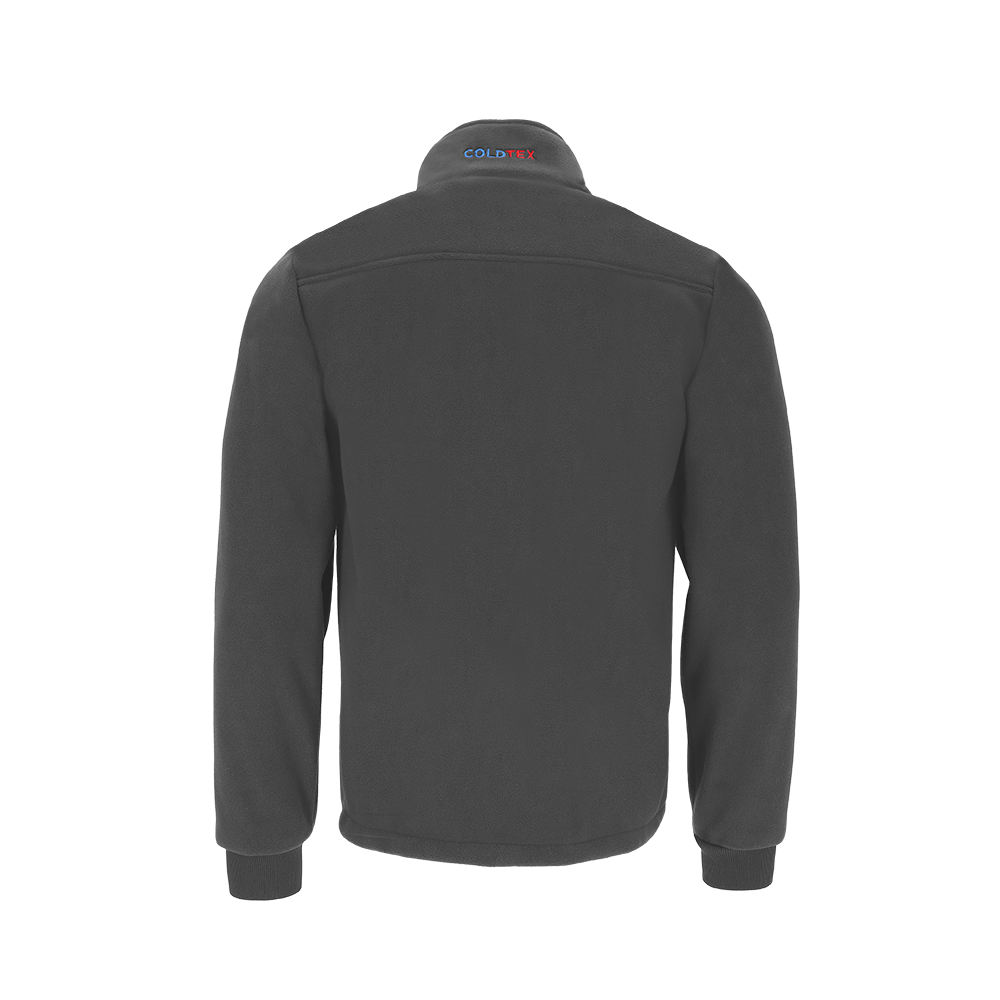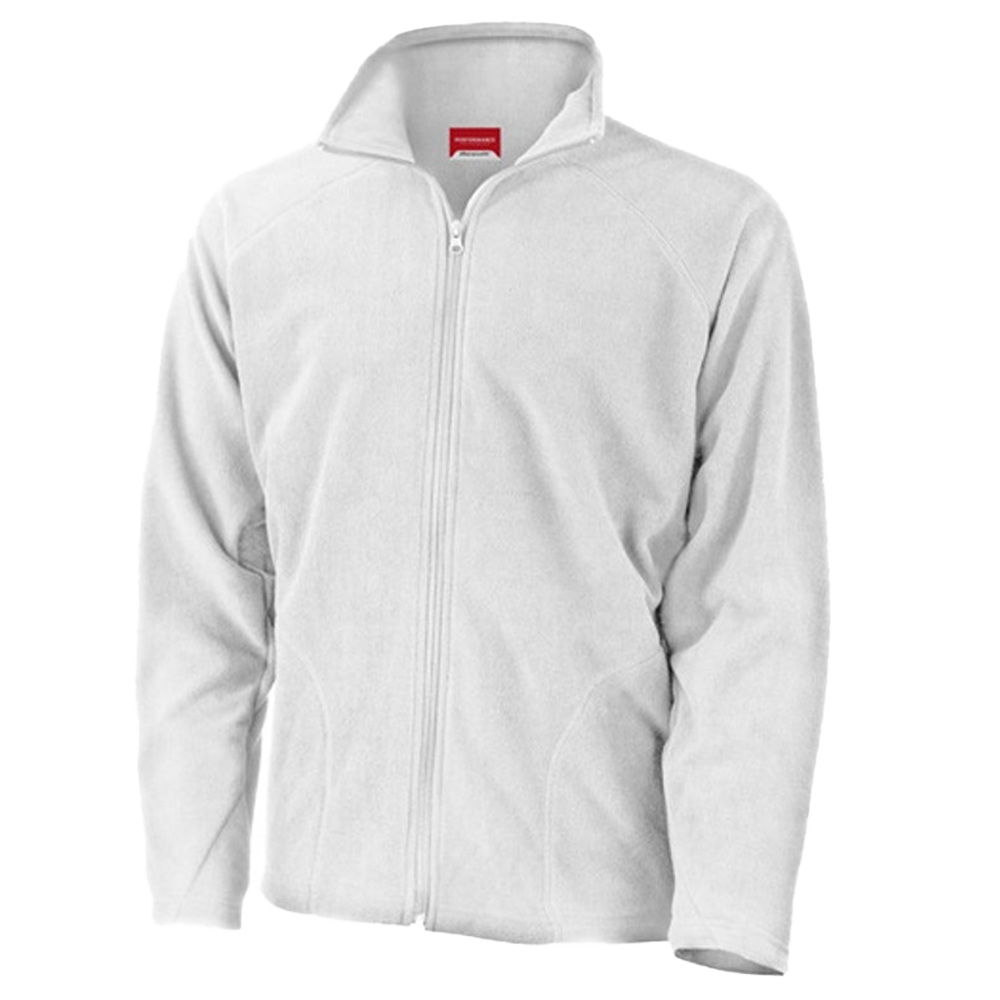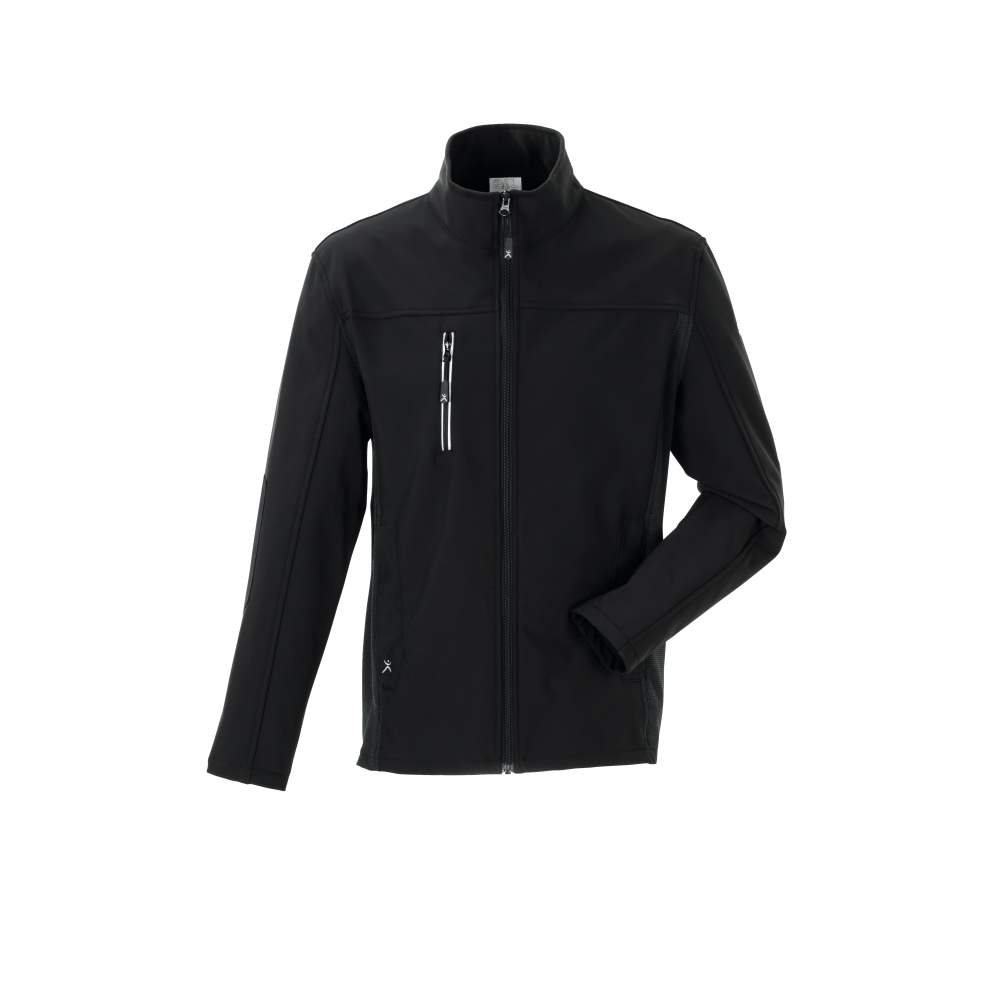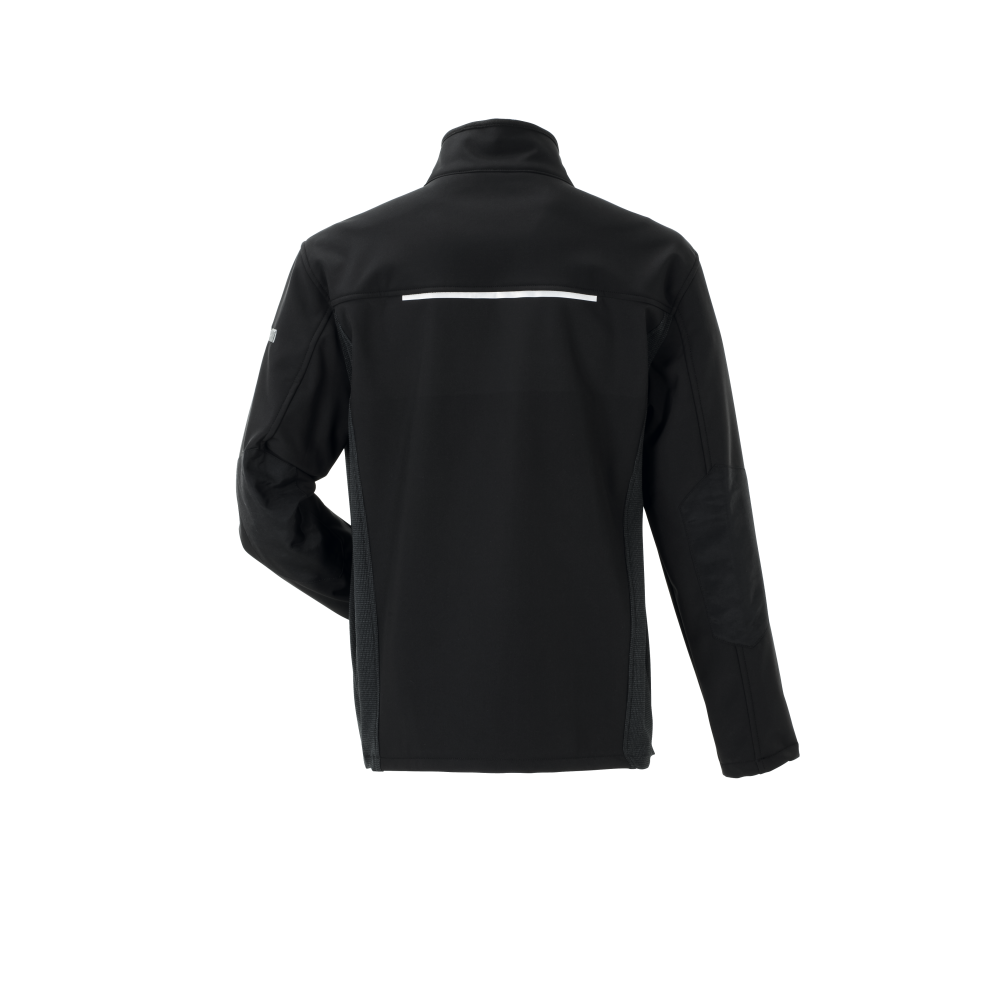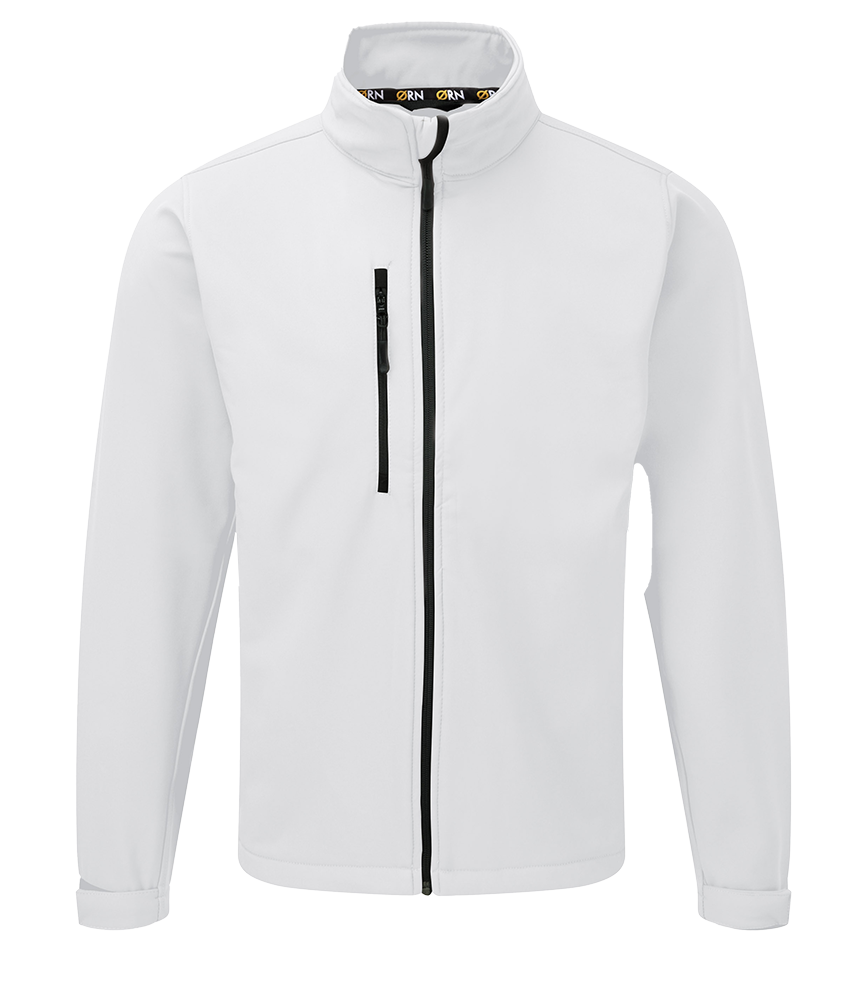
















The Right Clothing is Particularly Important in the Fleet & Logistics Sector.
Our clothing for fleet and logistics is designed to give you the best possible support at work. They are lightweight, flexible and comfortable and have the details that make the difference. The ideal prerequisite for being able to work effectively under tough conditions for longer periods of time. Hi-Vis and team clothing in different designs, sizes and for the right applications.
When working in the fleet and logistics sector, employees should be optimally equipped to be able to work properly and safely. The right work clothing is of great importance. From head to toe, the wearer must be guaranteed sufficient protection and pleasant wearing comfort.
Is logistics clothing required by law?
In many occupational fields, clothing is primarily used for identification and should express a coherent overall image. But it also provides a sense of safety and hygiene.
From a legal point of view, clothing is divided into two concepts:
1. Protective clothing:
This is prescribed by law. Protective clothing protects the wearer from accidents or health impairments that may result from their work.
2. Workwear:
Workwear serves as a substitute or supplement for everyday clothing. It does not serve to protect against accidents or health impairments. Therefore, work clothing is not required by law.
What does Hi-Vis clothing mean?
Hi-Vis comprises clothing that ensures particularly high visibility and thus safety through reflection and bright colours. Hi-Vis clothing makes the wearer highly visible at the workplace and thus helps to avoid accidents and dangerous situations right from the start. Hi-Vis clothing plays an important role in the logistics and fleet sector in order to ensure sufficient protection for the wearer under the working conditions that exist there.
Who pays for the logistics clothing?
>Good work clothing can be associated with high costs. In fields of activity that do not require special work clothing, the question of covering the costs is often difficult. As soon as the legislator regulates the dress code in an occupational area, the employer is obliged to provide the necessary clothing and to ensure that it does not lose its functionality in daily use. These costs must be borne by the employer.
If employees prefer to wear work trousers at work rather than their everyday clothes and if the work clothes are not compulsory by the employer, this is perfectly permissible and is also considered work clothing. In this case, however, the employer is allowed to pass on the resulting costs to the employee on a pro rata basis or even entirely.
If the wearing of work clothing in the form of special protective clothing is not prescribed by law, the employer may, under certain conditions, still insist that his employees follow a dress code prescribed by the company at work.
What counts as work clothing?
All clothing worn by employees to protect their own clothing in the context of the work to be performed counts as work clothing. Work clothing is clothing that is customary for certain occupations or is appropriate due to the nature of the work.
Is the clothing waterproof and windproof?
Our products are made of waterproof and windproof softshell material.

